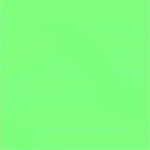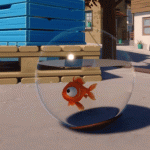Container Water 06: Leaving ShaderGraph behind
If this is your first exposure to this series of posts about the “Container Water”, you’ll not “heard” me moaning about ShaderGraph. Well, over my travels, I’ve been getting progressively more frustrated at the speed in which ShaderGraph allows me to work.
This post is a slight departure from the rest of the series as I want to record some of my techniques from moving back to HLSL from ShaderGraph, in the hope that others will find it useful until Unity catch up.








